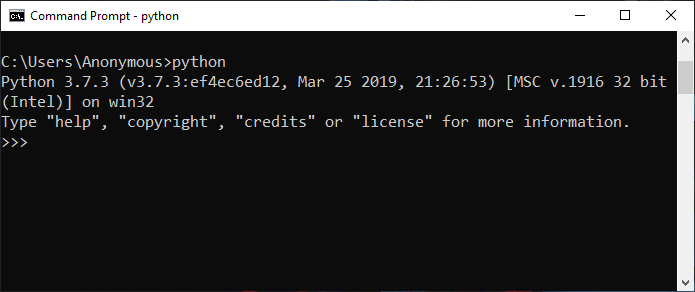Python 3 Code Runner
All examples use Python 3.5 or later (unless noted) and assume you're running Linux or a unix-based OS.
$ python latesttutorial.py # Python Timer Functions: Three Ways to Monitor Your Code While many developers recognize Python as an effective programming language, pure Python programs may run slower than their counterparts in compiled languages like C, Rust, and Java. Info: To follow along with the example code in this tutorial, open a Python interactive shell on your local system by running the python3 command. Then you can copy, paste, or edit the examples by adding them after the prompt.
All examples can be found on this Jupyter notebook
call() example

Over ten million people in more than 180 countries have used Python Tutor to visualize over 100 million pieces of code, often as a supplement to textbooks, lectures, and online tutorials. To our knowledge, it is the most widely-used program visualization tool for computing education. Build, Run & Share Python code online using online-python's IDE for free. It's one of the quick, robust, powerful online compilers for python language. Don't worry about setting up python environment in your local. Now Run the python code in your favorite browser instantly. Getting started with this Python. This tool allows you to run any Python demo code online and helps you to test any python code from your browser without any configuration. This tool provides you any Python version from Python 2.7, Python 3.2, Python 3.3, Python 3.4, Python 3.5, Python 3.6, Python 3.7, Python 3.8 and runs your Python code in our sandbox environment.
Use run() instead on Python v3.5+
With suprocess.call() you pass an array of commands and parameters.
subprocess.call() returns the return code of the called process.
subprocess.call() does not raise an exception if the underlying process errors!
call() example using shell=True
Use run() instead on Python v3.5+
If shell=True, the command string is interpreted as a raw shell command.
Using shell=True may expose you to code injection if you use user input to build the command string.
call() example, capture stdout and stderr
If you are on Python 3.5+, use subprocess.run() instead as it's safer.
call() example, force exception if process causes error
Use subprocess.check_call()
Run command and capture output
Using universal_newlines=True converts the output to a string instead of a byte array.
Python version 2.7 -> 3.4
Python version 3.5+
Run raw string as a shell command line
Don't do this if your string uses user input, as they may inject arbitrary code!
Python 3 Code Runner Pdf
This is similar to the example above, with shell=True
Python version 2.7 -> 3.4
Python version 3.5+
run() example: run command and get return code
run() behaves mostly the same way as call() and you should use it instead of call() for version 3.5 onwards.
subprocess.run() does not raise an exception if the underlying process errors!
run() example: run command, force exception if underlying process errors
Vscode Code Runner Python 3
Use check=True to force the Python method to throw an exception if the underlying process encounters errors:
run() example: using shell=True
As in the call() example, shell=True, the command string is interpreted as a raw shell command.
Again, Using shell=True may expose you to code injection if you use user input to build the command string.
run() example: store output and error message in string
If the underlying process returns a nonzero exit code, you will not get an exception; the error message can be accessed via the stderr attribute in the CompletedProcess object.
case 1: process return 0 exit code
case 2: process returns nonzero exit code
case 3: other OS-level errors
this case will throw an exception no matter what. For example, if you call an executable that doesn't exist. This throws an exception because it wasn't that the subprocess had an error - it never got created in the first place.
Popen example: run command and get return code

subprocess.Popen() is used for more complex examples where you need. See Popen() vs call() vs run()

This causes the python program to block until the subprocess returns.
Popen example: Store the output and error messages in a string
Popen example: Redirect output to file
Popen example: Redirect output and errors to the same file
Popen example: Run command in the background
By default, calls to Popen() spawn a subprocess in the background and don't wait for it to terminate (unless you use wait() on the Popen object).
Pipe commands together
Use Popen:
Wait for command to terminate, asynchronously
Use asyncio and await.
Method asyncio.create_subprocess_exec() works much the same way as Popen() but calling wait() and communicate() on the returned objects does not block the processor, so the Python interpreter can be used in other things while the external subprocess doesn't return.
Python 3.6+ is needed here
call() vs run()
As of Python version 3.5,run() should be used instead of call().
run()returns aCompletedProcessobject instead of the process return code.- A
CompletedProcessobject has attributes like args, returncode, etc. subprocess.CompletedProcess
- A
other functions like
check_call()andcheck_output()can all be replaced withrun().
Popen vs run() and call()
call() and run() are convenience functions and should be used for simpler cases.
Popen() is much more powerful and handles all cases, not just simple ones.
Python 3 Code Runner
Felipepython3